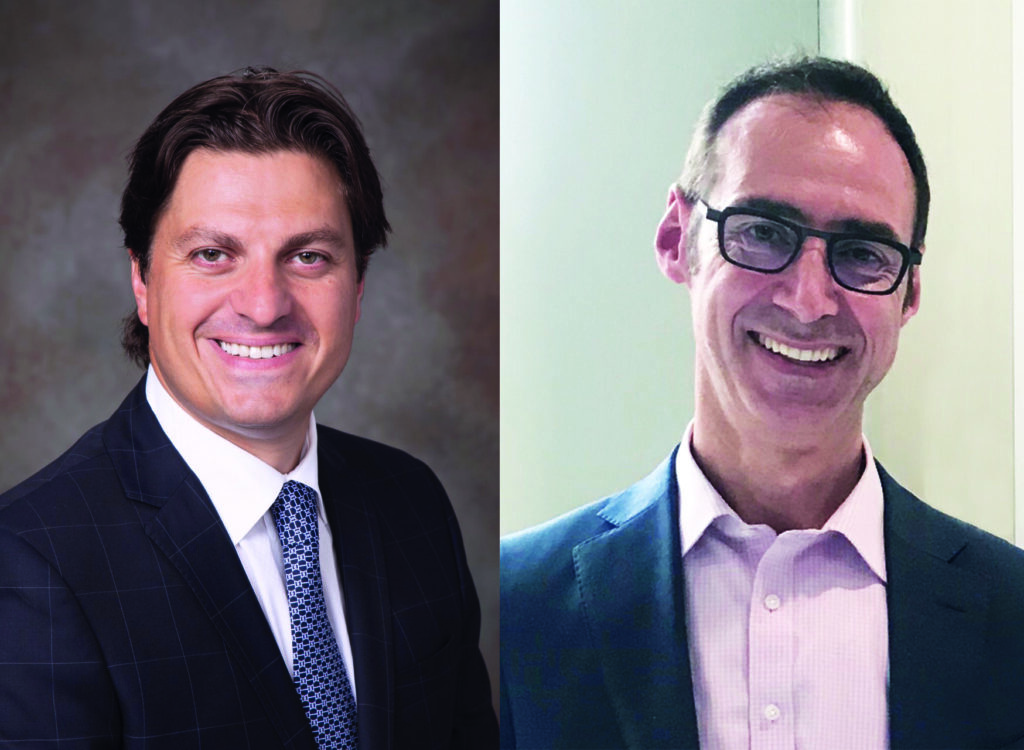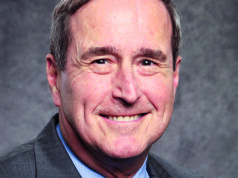
In his address at the 2024 Vascular Annual Meeting (VAM), Society for Vascular Surgery Immediate Past President Joseph Mills, MD, eloquently stated—and please excuse the paraphrase Dr. Mills—that we as a specialty need to come together and become cohesive, as opposed to divided. Give three vascular surgeons a clinical problem and it is assured you will receive five opinions. Over the last few years, we have seen very public mudslinging directed at vascular surgeons who have chosen private practice careers. The falsehood projected that our private practice colleagues are avaricious and not patient-focused is simply a distortion of reality. There are unscrupulous people everywhere, even in our ivory towers! Currency in private practice is hard cash, while, in our precious hospitals, it’s simply called work relative value units (wRVUs), or hospital Bitcoin. We don’t really know its value, hospitals can’t explain it to us, and in our everchanging field, there are some procedures without wRVUs assigned to them.
Former Polish president Lech Walesa spurred the concept of Solidarność, or solidarity, through the trade union of the same name. Although we’re not necessarily suggesting that we unionize and incite a national strike, the reality is we would benefit from a little more solidarity in our specialty. We are in the ballpark of 3,000 vascular surgeons in the U.S., for a population of nearly 350 million. Although we lack the prowess of Einstein, the math simply doesn’t make sense. There is simply no way we could manage all who need vascular care in this country. Then why are we so preoccupied with the noise of what the interventional cardiologist, nephrologist and radiologist are doing? Were we appointed to police vascular care? The reality is that there are plenty of those interventionalists who do respectable work, so why not embrace that? We need to be the strongest we can be, and that entails leading vascular care from all perspectives. Let us be the standard bearer and fight for things that really matter.
Administrative harm is defined as the adverse consequences of administrative decisions within a healthcare enterprise that affect patient care, professional practice and organizational efficiencies.¹ Colloquially stated, these are the things that hospital decision-makers decree that make our patients’ lives and our lives incredibly difficult: operating room (OR) time cuts, equipment and device decisions, compensation changes, etc. Any of us who practice within the walls of a large conglomerate, even part-time, are affected dramatically by administrative harm. We should all address this as a unifying challenge.
Most of our current hot-button topics are just different ways to look at a problem, depending on how your lens is tinted. We feel administrative harm is not like these other issues. Administrative decisions affect us all, usually unfavorably. When was the last time you heard the administration say: “Dr. Bismuth, we feel you are working too hard. You need a pay raise and an extra two weeks’ vacation, and we won’t take no for an answer”? Are we really training our residents and fellows for the realities of vascular practice in the U.S.? Do they understand administrative harm? Is there an understanding that the more hospital Bitcoin we are asked to mine, the more that places a premium on time and can affect education? Do they realize that there is a national push to “defund vascular surgery”? The truth is that the Centers for Medicare & Medicaid Services (CMS) has slowly been mounting a frontal assault on reimbursements, and we are naïve to think that this doesn’t impact those of us salaried in hospital-based systems. Our specialty depends not only on the academicians—rapidly becoming an enigma who seem to now just produce confounding Vascular Quality Initiative (VQI) analyses— but also on our private and community practitioners, who are delivering the lion’s share of vascular care nationwide, and doing it well.
However, in the face of these local and national administrative harms, our small and highly skilled specialty has chosen instead to debate issues that, by their very nature, are divisive among our own ranks. Atherectomy, office-based lab (OBL) use, cardiology, the concept of an independent board, the list goes on. So, who is harming who? Are the threats facing our specialty existential, or are they internal? Have we leveraged ourselves in such a way that reveals our true value to hospitals? A specialty that fills the coffers of healthcare systems while enabling complex surgery in other realms: we are the proverbial “firefighters,” always available to help sick patients and keep colleagues out of medicolegal peril. In the words of Navy SEAL Jocko Willink, it is indispensable that we take “extreme ownership” of our destiny. This means taking responsibility for everything that impacts our mission, including mistakes, failures, successes and challenges that will affect our abilities to perform the mission in the current and future environment. We should embrace sisu, the extraordinary and indomitable Finnish spirit to never quit and go beyond all limitations, especially in the face of extreme adversity.
Where do we go from here? With a specialty as small as ours, is this time for a unionized approach? Is there a minimum pay we should all receive for the multitude of hats we wear in a health system? SVS President-elect Keith Calligaro, MD, and others have attempted to lend transparency to this via the Pharify compensation survey, but is this enough? Even salary may be a hot-button topic, as it can create a have-and-have-not scenario. Instead, we should address the administrative harm happening locally, regionally and nationally. This is our biggest threat. We could call 20 vascular surgeons around the country at any hour for clinical advice, and they would happily answer the phone. It’s time for us to lean on each other in our non-clinical struggles. To share our experiences and triumphs and display solidarity in an effort to unite us. Perhaps eliminating our greatest existential threat will bring us back on the same page. We have a rare opportunity and obligation to unify and protect our specialty, for ourselves and those who follow.
It seems there is more to digest here than breakfast at Denny’s, so let’s break it down. Clinically, educationally and administratively, we all face significant challenges. We have had great victories and even failures in these realms. Somewhere in this country, someone is fixing your endoleak or maybe re-opening your bypass, but there is also someone enjoying time with loved ones having survived a ruptured aneurysm. We share in these victories and defeats, yet our righteous indignation regarding many of the topics outlined above only fulfills our need for a zero-sum game, where there are winners and losers. This only harms us. This division has made us more susceptible to the one threat we all share: administrative harm. The more divided we become, the easier we are to ignore. So, the next time you post, comment, malign or fall on the proverbial sword, ask yourself who harmed who? Let our next headline in the New York Times be “Vascular surgery, a David and Goliath story defining the standard for vascular care among all providers.” Instead of a haughty quest for a nebulous vascular superiority (that may not exist), we call for unity. Together we need to fight our common battles while attracting more candidates to join our ranks.
Reference
- Burden M, Astik G, Auerbach A, et al. Identifying and measuring administrative harms experienced by hospitalists and administrative leaders. JAMA Intern Med. 2024 Sep 1;184(9):1014–1023
Jonathan Cardella, MD, is an associate professor of surgery at Yale School of Medicine in New Haven, Connecticut. Jean Bismuth, MD, is chief of vascular surgery at University of South Florida (USF) Health/Tampa General Hospital in Tampa.











